In Hungary “All Souls’ Day” (Halottak napja) is a day of respect and remembrance held in order to commemorate the faithful departed, above all the deceased family members. We have compiled a list of famous women – muses, actresses and writers – and their graves in Budapest’s most well-known graveyards.
Fiumei/Kerepesi Cemetery
The Kerepesi cemetery is the most famous and one of the oldest graveyards in Hungary. It is sometimes referred to as the ‘Hungarian Père-Lachaise,’ as the graves of many prominent Hungarians (including artists such as Ady, Jókai, Arany and Imre Kertész) can be found here. It has been home to the mausoleums of Lajos Batthyány, Ferenc Deák, Lajos Kossuth and many other important and famous political figures since 1849.
Mari Jászai
One of the most interesting stories from the Kerepesi Cemetery is connected to Jászai Mari, ‘the grand dame of the National Theatre.’ The famous actress set up a tomb for herself before her death, even writing the inscription on it in 1914. However, she actually died 12 years later in 1926. Rumor has it that she had a picnic with friends at her grave every year for the last 12 years of her life. One of the stones of her tomb is from the former building of the National Theatre. Jászai became a member of the theatre in1872 and remained one until her death. She was the first female actress who played the leading part in antique dramas on Hungarian stages and was the first to play Eve in Madách’s iconic drama The Tragedy of Man.
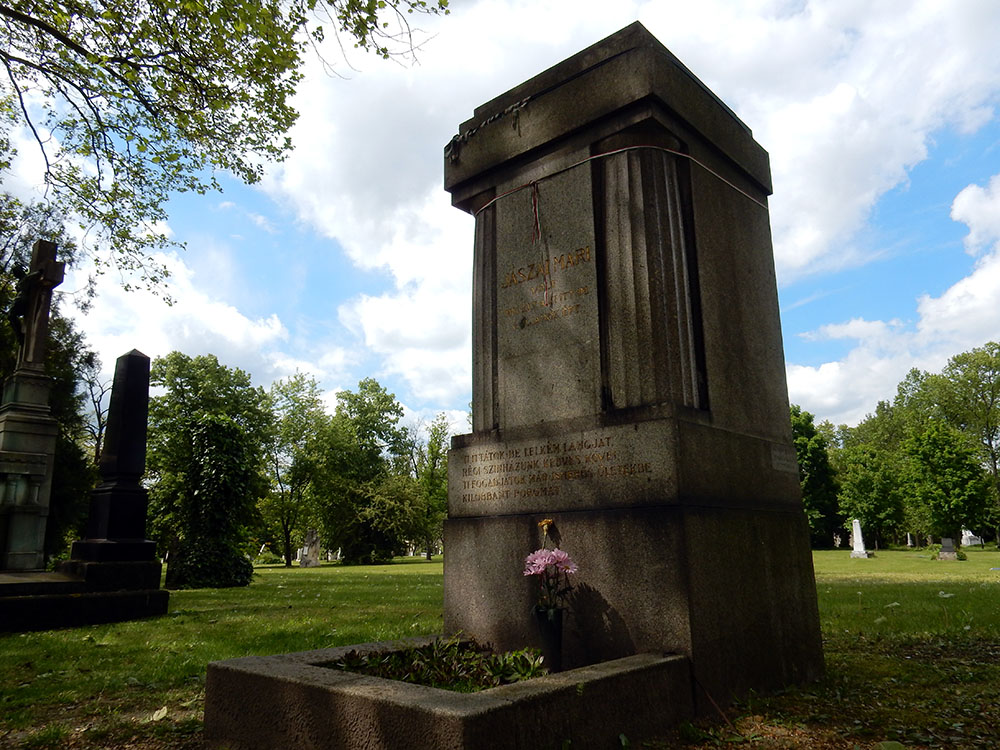
Lujza Blaha
Blaha Lujza, known as ‘The nation’s nightingale,’ was the most well-known actress of her age. She was buried in the Kerepesi Cemetery in 1926, but her tomb was only completed in 1929. The grave is located next to Mór Jókai and Endre Ady’s resting place. At the burial of Blaha Lujza, nearly two hundred thousand people assembled on the streets of Pest, surrounding the former building of the National Theater. She used to live next to the theatre and could see the building from her balcony. The square was named after her when she was still alive on her 70th birthday. The funeral procession began there and a 200-member gypsy band played her favorite songs.
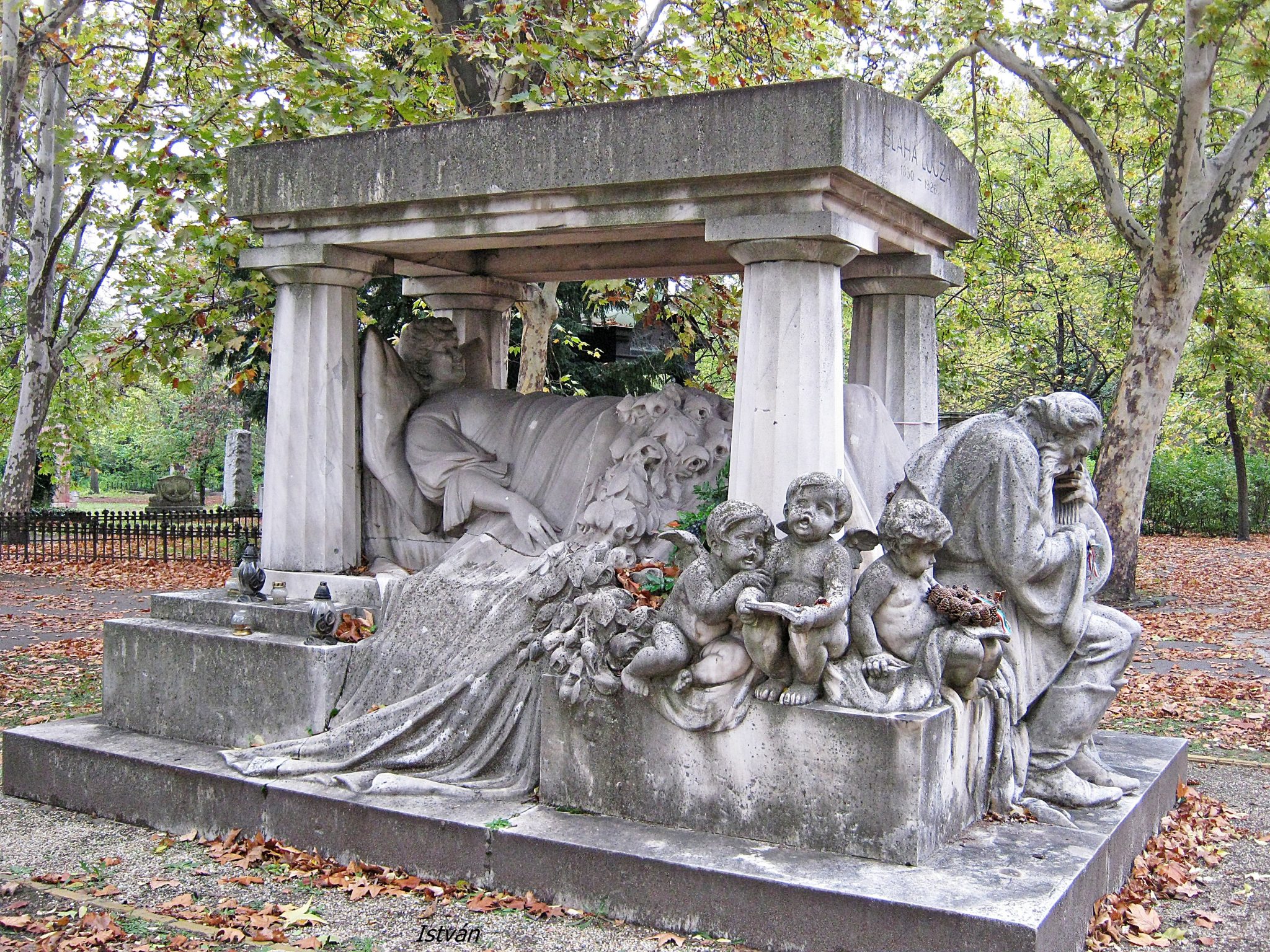
Fanni Gyarmati, wife of Miklós Radnóti
Fanni Gyarmati died at the age of 101 and was the wife and muse of Hungarian poet Miklós Radnóti. She helped to preserve his legacy after his death in the Holocaust. ‘Fifi’ was 14-years-old when she met Radnóti at the home of their private teacher. They later married in 1935. From 1940 on, Radnóti was forced into several labor services. He was killed in August 1944 during a forced-march when he was shot and thrown into a mass grave. After the Second World War and her husband’s death, Fanni took a degree in French and Russian and later became a French and verse-speaking teacher at a theatre arts college. She won several prizes and received many awards for her work in the fields of literature and education, including the Hungarian Order of Merit. She never moved from the flat where she lived with Radnóti, located on Pozsonyi street.
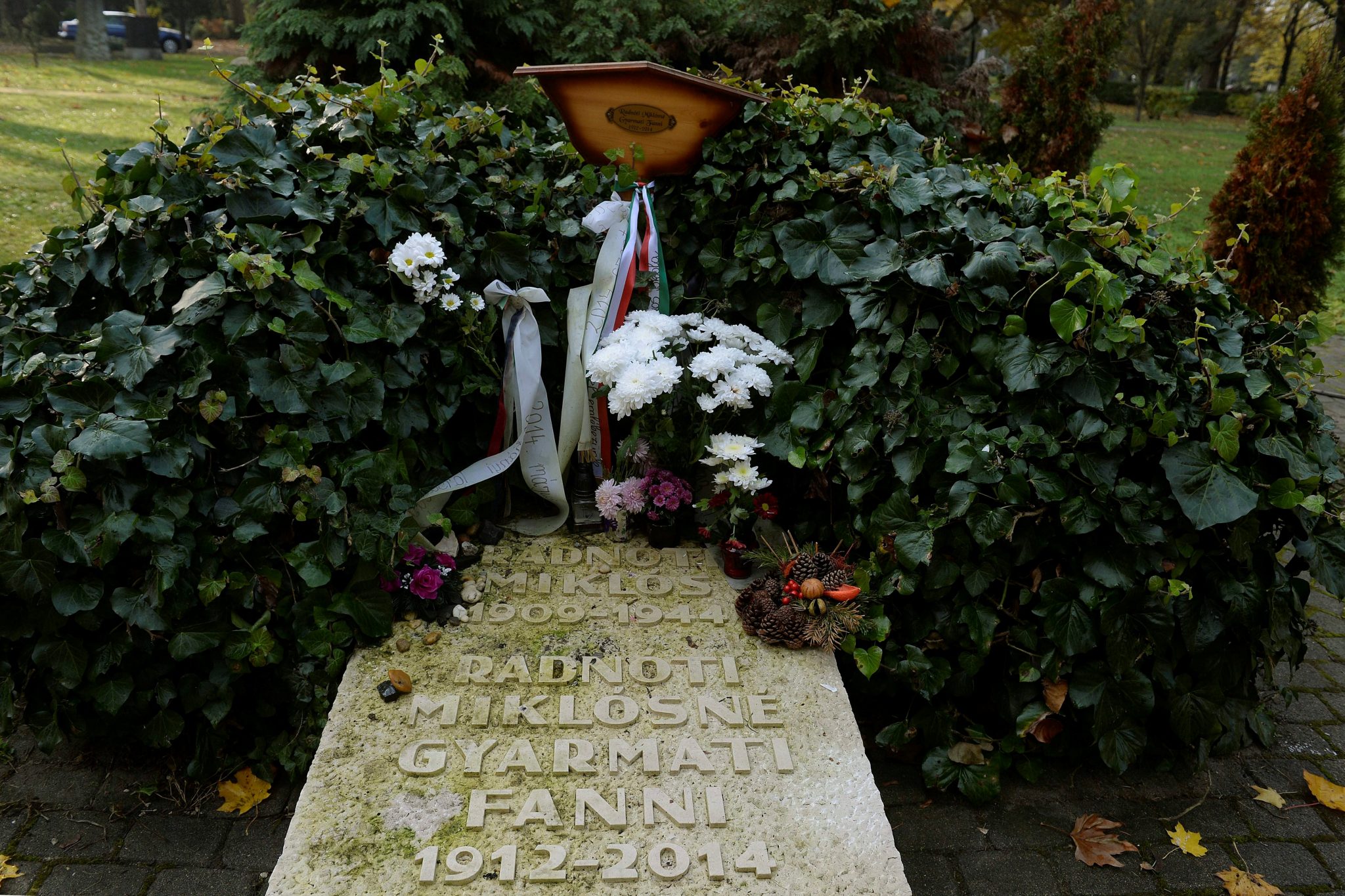
Farkasrét Cemetery
This cemetery is one of the most famous cemeteries in Budapest. It opened in 1894 and is noted for its extensive views of the city. Although it is the preferred burial place of actors, actresses and other artists, the cemetery is also home to the tombs of several scientists, academicians and athletes. The graves are often decorated with sculptures, and the mortuary hall and new chapel – built in the 1980s – was designed to imitate the style of well-known Hungarian architect, Imre Makovecz.
Éva Ruttkai
Éva Ruttkai is a well-known Hungarian actress and the wife of ill-fated actor Zoltán Latinovits. He was tragically run over by a train at the station of Balatonszemes near Lake Balaton in 1976. Though the official statements mentioned suicide, it never became fully clear whether he jumped in front of the train deliberately or was killed accidentally. Ruttkai was contracted by Vígszínház at the age of 16 and played there until her death. She met Latinovits in 1960 during rehearsals and lived with him until he passed away. During her four-decade-long career, Ruttkai became one of the most famous actresses of her time. She frequently appeared on stage, in movies and on television. She won the Kossuth Prize in 1960.

Magda Szabó
Magda Szabó, who died at the age of 90, was one of Hungary’s most prominent female writers. She won several literary awards and her books were translated into 42 languages. However, her greatest success in western Europe came with her book Az ajtó (The Door) in 1987. She won the Attila József award twice (1959 and 1972) and the Kossuth Prize in 1978. Szabó lost her husband Tibor Szobotka, a writer who was the Hungarian translator of James Joyce and George Eliot, in 1982. She was devastated, but continued writing. It is said that she died in her favorite armchair with an open book on her lap. She is buried next to Szobotka.
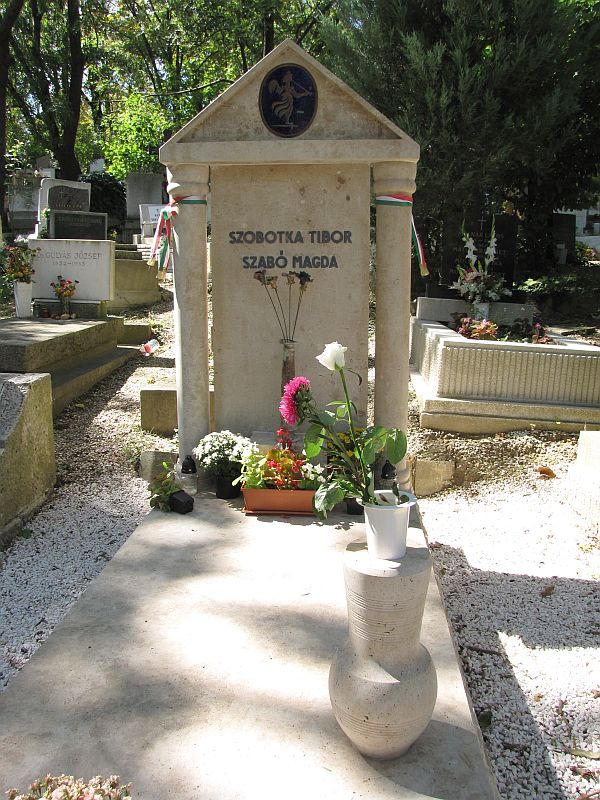
Éva Janikovszky
Janikovszky is best known for her children’s books, although she wrote novels for adults as well. Her works were translated into 35 languages. Her most famous picture books (If I Were a Grown-Up and Who Does This Kid Take After?) were written from the perspective of kids and teenagers and discussed the emotions they commonly experience. Her grave is decorated with a typewriter.
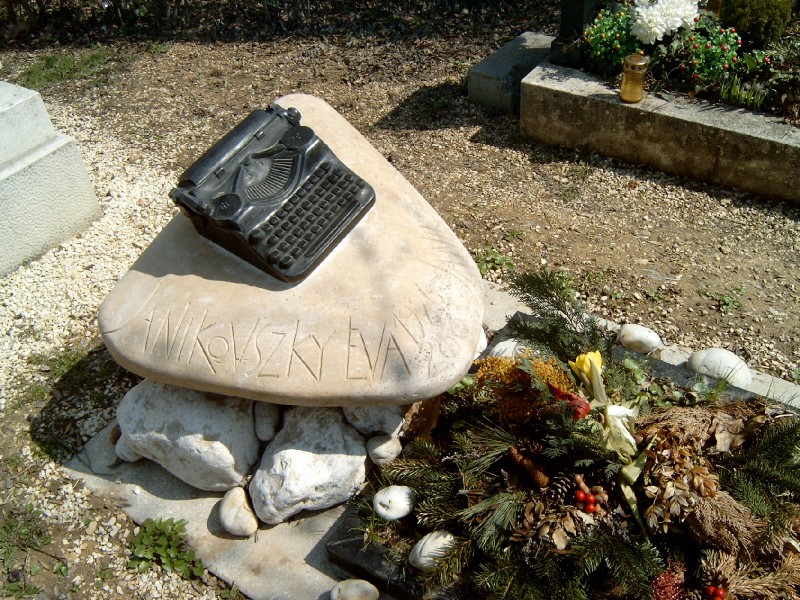
Fanni Kaszás









